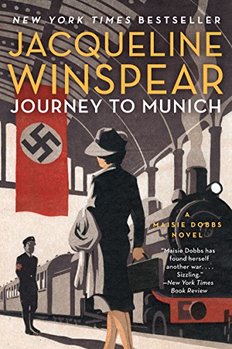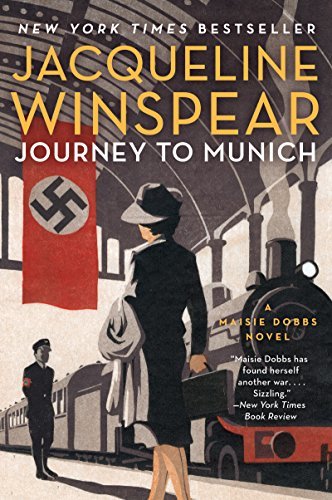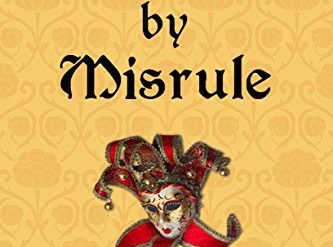
Few Americans have any appreciation for the complicated relationship between Britain and Germany in the run-up to World War II. The British royal family was German, having changed their name from Saxe-Coburg-Gotha to Windsor in World War I. In fact, King Edward VIII and his American wife, Wallis Simpson, were ardently pro-Nazi and actively collaborated with Hitler after his abdication from the British throne in December 1936. Many other aristocratic Britons were sympathetic to the Nazis.
Wealthy Britons frequently vacationed in Germany, and many spent years in school or university there. Commercial relationships were close. And when Neville Chamberlain signaled “peace in our time” after meeting Adolf Hitler in Munich in 1938, the overwhelming majority of British subjects heaved a sigh of relief. Precious few then placed any credibility in Winston Churchill, who was widely regarded as a crank because of his repeated warnings about the imminence of war with the German Reich.
A trip to Munich in 1938
Chamberlain’s now-notorious meetings with Hitler occurred in September 1938. The events in Jacqueline Winspear’s novel, Journey to Munich, begin in February that year, one month before another seminal event, the Anschluss, when German troops occupied Austria. Maisie Dobbs’ own journey to the Bavarian capital lasts several weeks. She is present in Munich when the Anschluss takes place. Winspear’s setting in that particular time and location is shrewd.
Of all Germany’s major cities, Munich was the most fervently pro-Nazi. It had been there that Adolf Hitler had engineered the 1923 Beer Hall Putsch that landed him in prison (where he wrote Mein Kampf). When Maisie witnesses the pall of fear that has descended over the city and the sadistic cruelty of the brownshirts toward Munich’s Jews, she receives but a foretaste of much worse to come. Munich in 1938 is a microcosm of the horrific society Adolf Hitler is constructing.
Journey to Munich (Maisie Dobbs #12) by Jacqueline Winspear (2016) 320 pages ★★★★☆
Most of the novels in the Maisie Dobbs series are detective stories, focusing on Maisie’s profession as a “Psychologist and Investigator.” However, as the 1930s slip by and World War II grows ever closer, Maisie finds herself pressed into service by the British security services. In Journey to Munich, she is recruited to assume a false identity to help gain the release of a prominent British businessman imprisoned at Dachau for financing anti-Nazi propaganda.
As usual, Winspear has done her homework. The historical setting reeks of authenticity. The plot is complex and suspenseful. Above all, Maisie’s compelling, multidimensional character shines through. At a time when the world, and the field of mystery and suspense fiction in particular, cries out for strong female leads, Maisie beautifully fits the bill.
In an interview included at the back of Journey to Munich, Winspear is asked, “What are the ‘magic ingredients’ that make historical fiction unforgettable/irresistible? And in your opinion, what do the best historical fiction writers do to ‘get it right?'” The author responds, “I wish I knew something about magical ingredients! I think the best thing a writer of historical fiction can do is to remember that you are a storyteller first and foremost. Everything else there is to support the story . . .” Amen to that! Munich in 1938 is merely the setting for a great story in Journey to Munich.
For related reading
I’ve reviewed all the novels in this series at The Maisie Dobbs novels from Jacqueline Winspear.
You might also enjoy my posts:
- Top 10 mystery and thriller series
- 20 excellent standalone mysteries and thrillers
- 30 outstanding detective series from around the world
- Top 20 suspenseful detective novels
- Top 10 historical mysteries and thrillers
And you can always find my most popular reviews, and the most recent ones, on the Home Page.



























